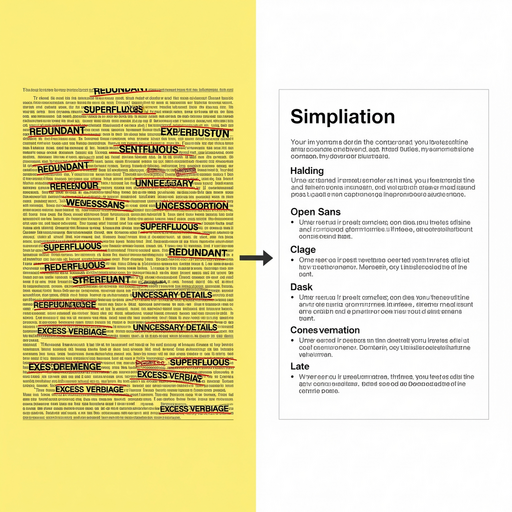Gemini Summary: Writing for Busy Readers by Todd Rogers
I learned about Writing for Busy Readers via an email from Guy Kawasaki and his Podcast Remarkable People. I asked Gemini to summarize the book and give the Behavioral Science behind the findings. The rest of this post is the output from my prompts.
Based on the search results, here is a summary of the key learning points from Writing for Busy Readers by Todd Rogers and Jessica Lasky-Fink:
The central idea is that in a world of information overload, you must write in a way that respects your reader's time and attention. The book, drawing on behavioral science, provides six core principles for effective communication:
- Less is More: Use fewer words, fewer ideas, and make fewer requests. The goal is not to include every detail, but to be concise and focused to increase the likelihood that your message is read and understood.
- Make Reading Easy: Use simple, common words and short, straightforward sentences. The book suggests aiming for a reading level of 5th grade or below when possible, as this reduces the cognitive load on the reader.
- Design for Easy Navigation: Structure your writing visually to help readers skim and find key information quickly. Use headings, subheadings, and bullet points to break up large blocks of text.
- Use Enough Formatting, But No More: Use formatting like bold, underline, or highlight judiciously to emphasize the most important content. Overusing formatting can be visually confusing and distracting.
- Tell Readers Why They Should Care: Start with the main point or "what's in it for me?" to immediately grab the reader's attention and show them the value of your message.
- Make Responding Easy: If you are asking for a response or action, make the next steps clear, precise, and easy to follow. Reduce the number of steps required for the reader to act.
Guy Kawasaki Remarkable People Podcast with Todd Rogers: https://substack.com/redirect/c5e0f34b-a9db-43b2-9991-473e56a70f5a?j=eyJ1IjoiMjVqdzNrIn0.pdJAluvRri2JLl5uIzQdddoFtLoocEmM54ar8A1aQEA
The behavioral science behind the findings in Writing for Busy Readers is rooted in understanding how people actually read and process information in today's digital world. Todd Rogers and Jessica Lasky-Fink's work is based on this core insight, which challenges traditional writing instruction.
Here are the key behavioral science principles and findings that support the book's advice:
The Reality of Modern Reading
Readers are overwhelmed with information and have limited attention. The book's principles are based on the reality that people skim, scan, and often quit reading before they finish. Eye-tracking studies and randomized experiments have shown that people rarely read linearly. Instead, they jump around text, looking for keywords, headings, and formatting to decide what's important. This is why writers must accommodate for the reader's behavior, not assume they will read every word.
Cognitive Load
The book's emphasis on "making reading easy" is a direct application of the concept of cognitive load. Complex writing with long sentences and unfamiliar words requires more mental effort, or cognitive load, from the reader. By using simple language, short sentences, and straightforward grammar, writers reduce this burden. This makes the message more accessible to a wider audience and increases the likelihood that a busy reader will not only read but also comprehend the content.
The "Less is More" Principle
This principle is supported by research showing that longer messages often deter readers from engaging at all. In one of their experiments, a short email (49 words) generated a nearly twice-as-high response rate as a longer, 127-word version. The length of a message is often interpreted as a "tax" on a reader's time, leading them to postpone or ignore it. By cutting out unnecessary words and ideas, writers show respect for the reader's time and increase the chance of getting a response.
Formatting as a Guide
The advice to use formatting judiciously is based on the finding that readers interpret bolding, underlining, and highlighting as signals that "this is the most important content." By using these tools strategically, a writer can guide the reader's attention to the most critical information, even if they are only skimming. However, the research also shows that over-formatting can be counterproductive, as readers may focus only on the highlighted text and skip everything else.
The "Bottom Line Up Front" (BLUF) Approach
This is a military communication principle that Rogers and Lasky-Fink endorse. It's a behavioral strategy for accommodating how people read and make decisions. Readers are looking for the purpose and value of a message immediately. By placing the most important information at the beginning, writers ensure that even skimmers will get the key message before they decide to move on.


